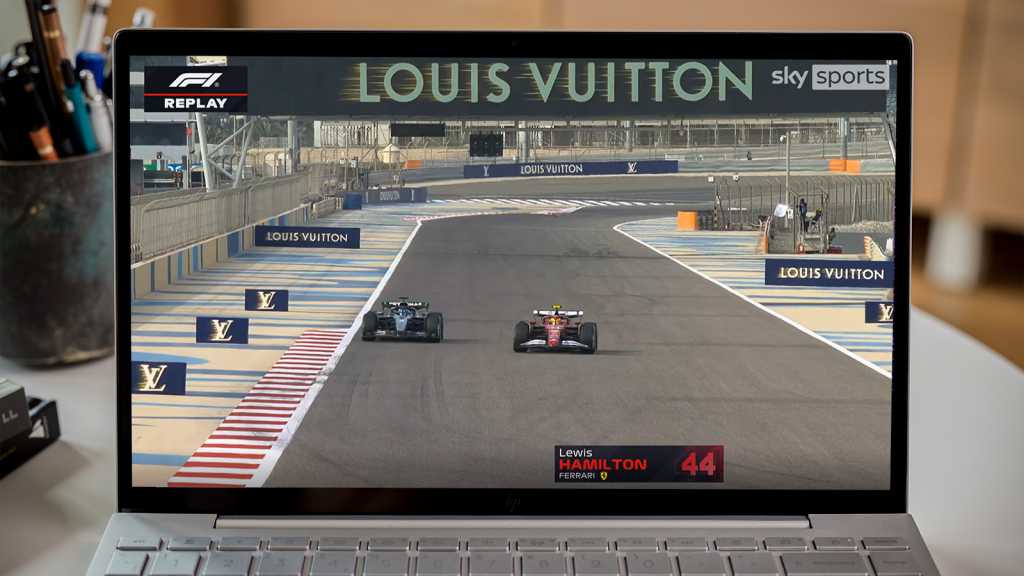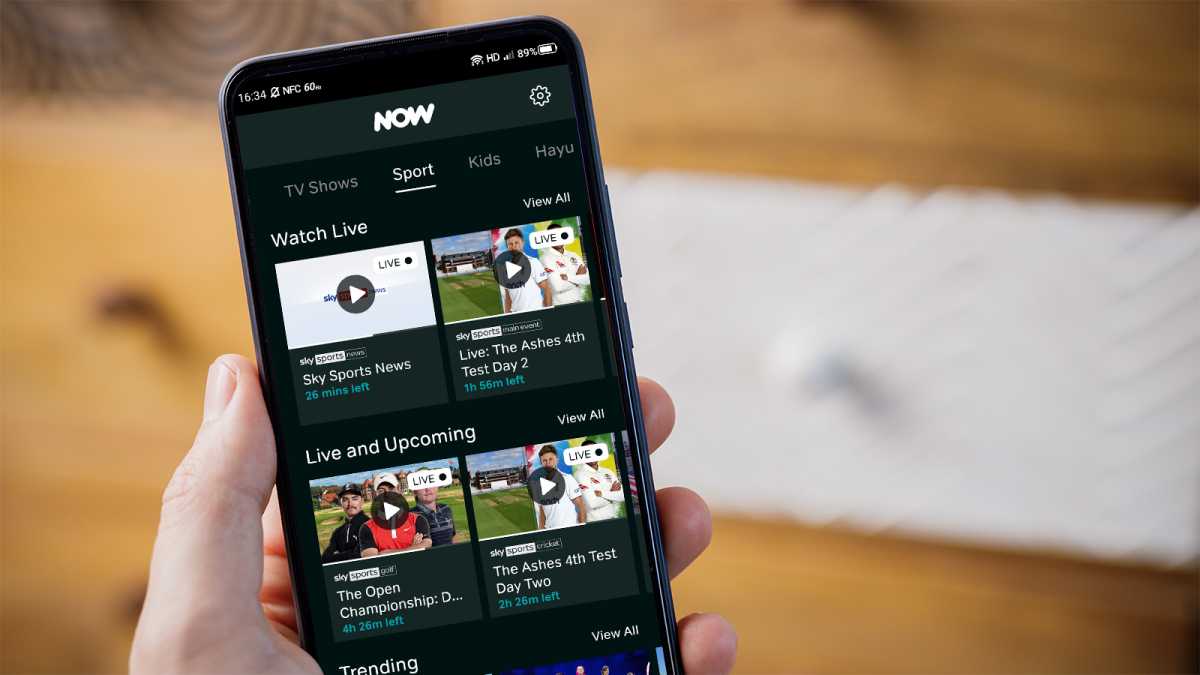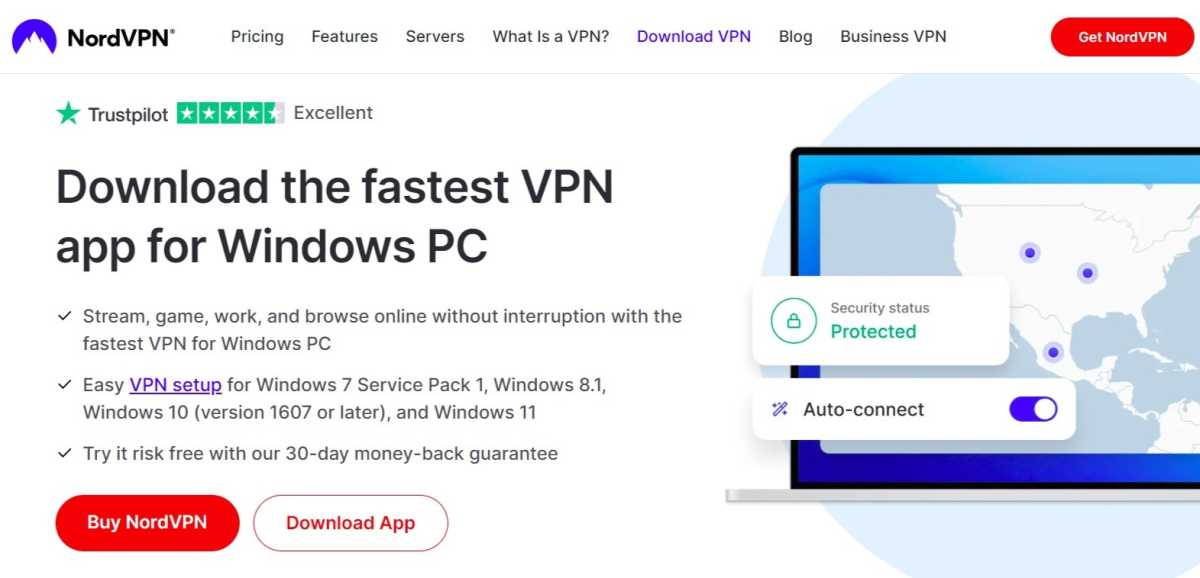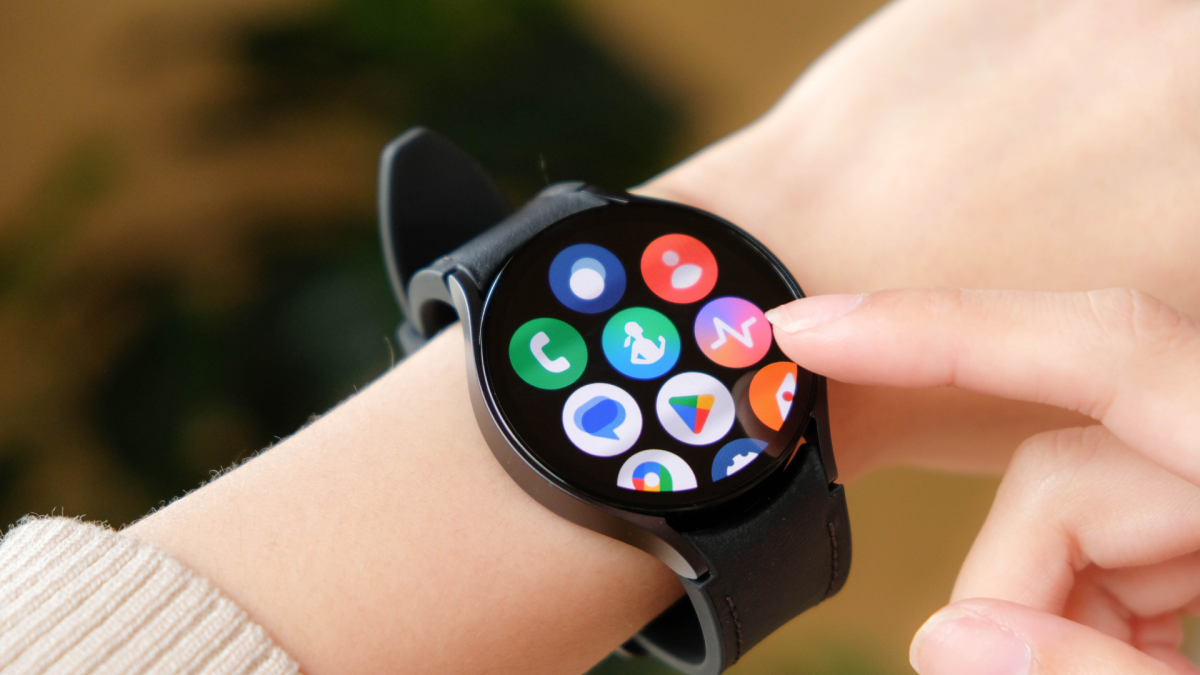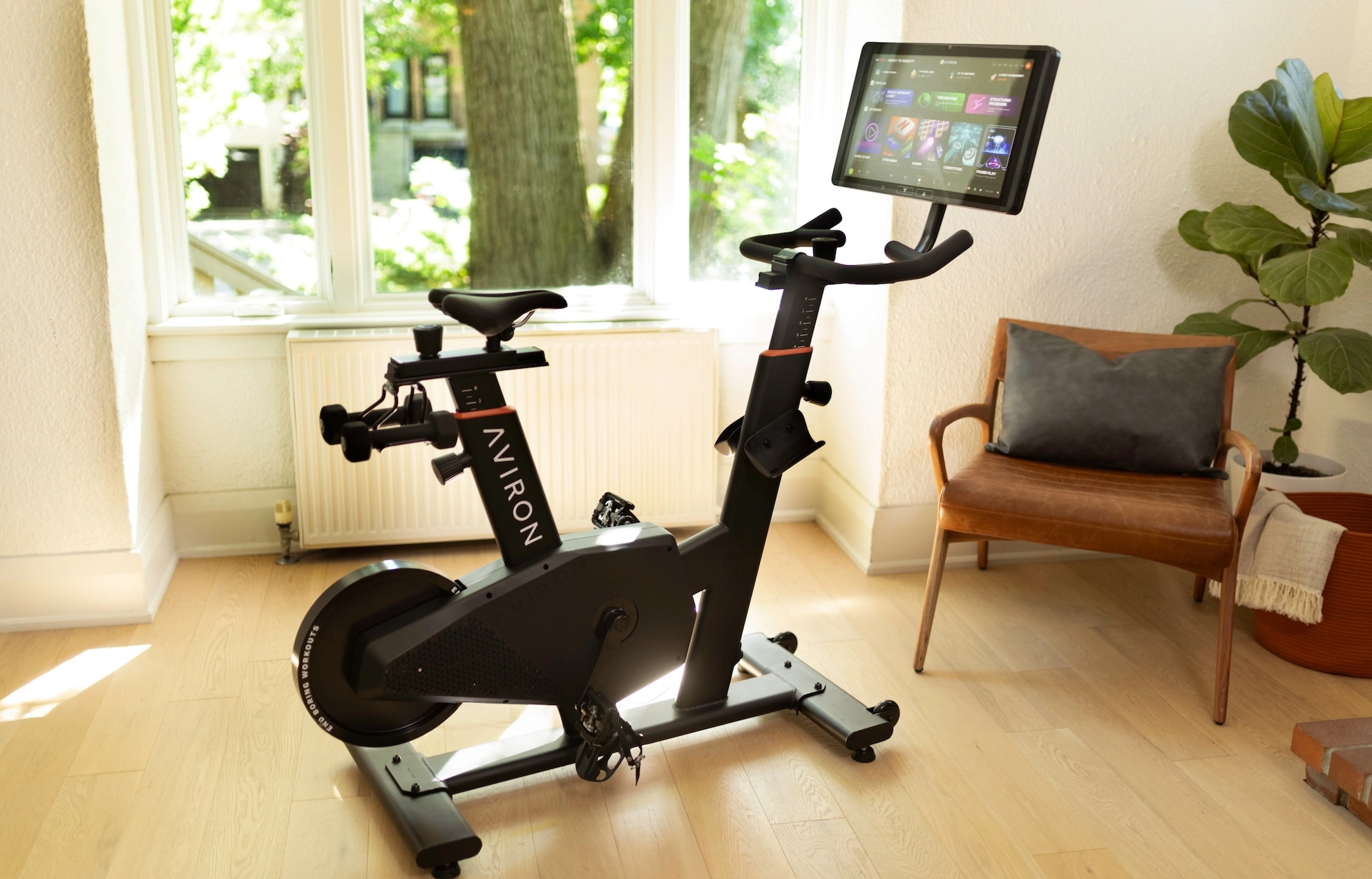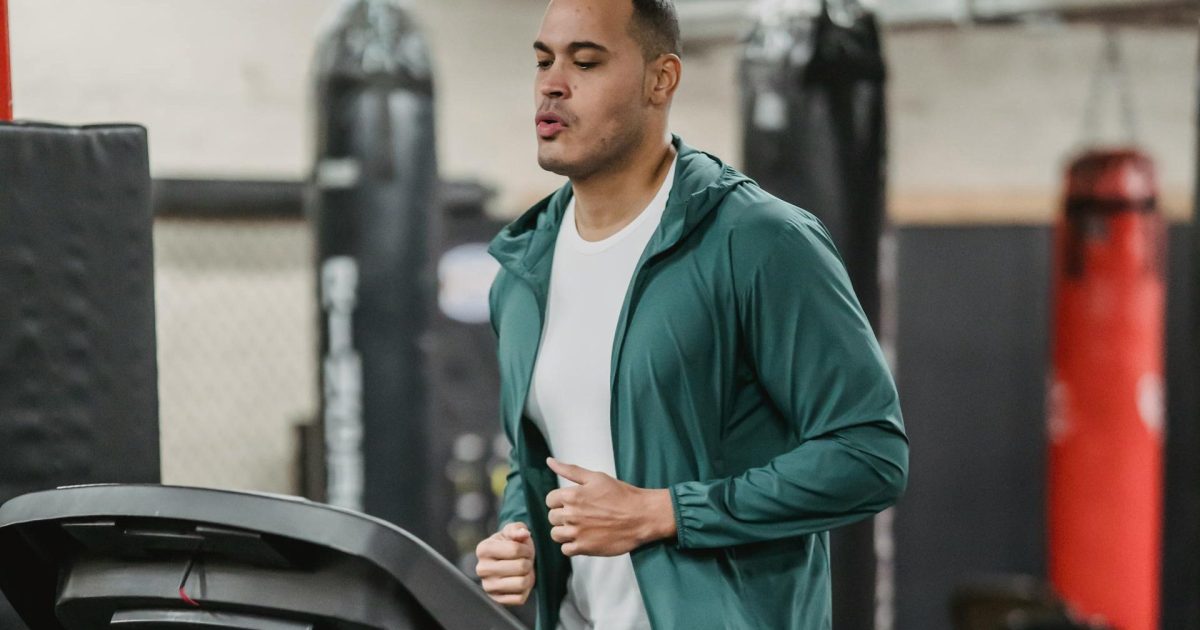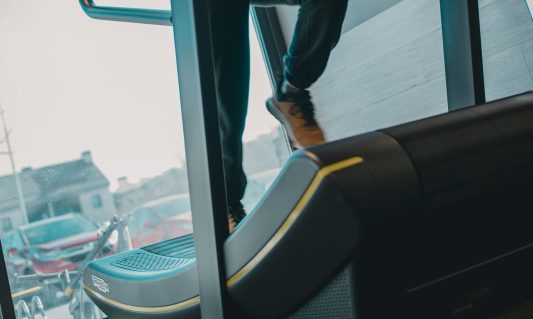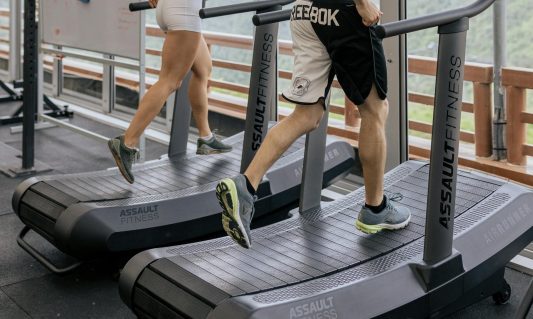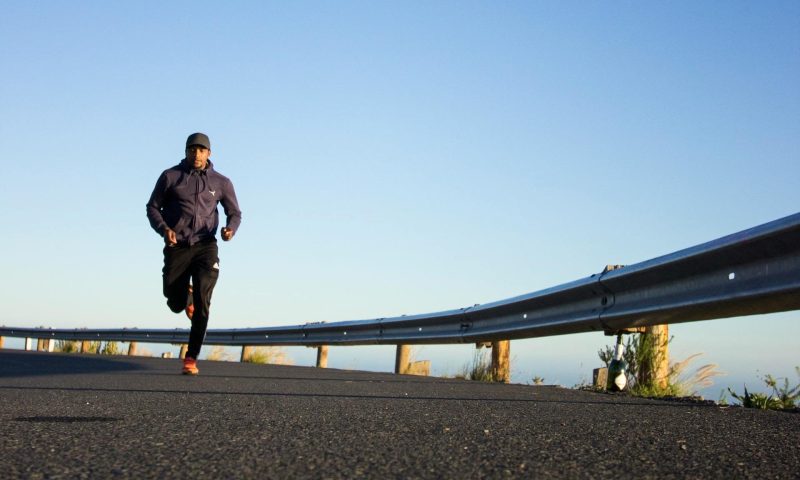As the logistics world is changing fast, tech is at the center of it all in 2025. From warehouse robots to delivery drones, companies are stepping up their game to move things faster, safer, and with less waste.
More than 80% of logistics businesses are planning to digitize operations. That means fewer paper logs, more real-time tracking, smarter inventory systems, and better planning tools. Logistics software vendors, in turn, adopt the latest AI, IoT, and blockchain practices to make it happen.
Now, let’s take a closer look at the latest technology trends from Acropolium’s custom logistics solutions — one of the leading tech partners for supply chain businesses.
1. Smarter Warehouses with Automation & Robots
In 2025, robots are picking, sorting, and moving items around automatically. These bots help speed up the process and reduce mistakes, while workers focus on more strategic tasks.
Think conveyor belts with eyes and hands, or robotic carts that follow paths across the warehouse floor. This automation helps companies deal with labor shortages and ramp up productivity, especially during busy seasons.
Moreover, many of these systems come with built-in AI tools that help predict demand so companies know what to stock up on and when.
2. AI Is Taking the Wheel
AI and ML are the logistics technology trends that dig through piles of data to uncover patterns and help companies make smarter decisions: which route will be fastest, where delays are likely, or when a truck might need maintenance.
Companies using AI have cut logistics costs by 15%, reduced overstock by 35%, and improved delivery times and service by over 60%.
3. Blockchain, Not Just for Crypto
In logistics, blockchain creates a digital paper trail that can’t be tampered with. Every product gets a digital ID, showing where it came from, who handled it, and what condition it’s in.
That’s useful for tracking things like food safety, verifying sustainability claims, or cutting down on fake goods.
4. Real-Time Tracking with IoT
The Internet of Things (IoT) connects containers, trucks, and pallets to the internet. Attach a sensor, and you can track location, temperature, humidity, or even vibrations in real-time.
It works great news for sensitive shipments like medicine or fresh food. For example, if a truck’s temperature rises too much, alerts go out instantly. You always know where your stuff is, and what shape it’s in. IoT is also used to spot vehicle issues early, so breakdowns don’t ruin delivery schedules.
5. Virtual and Augmented Reality Training
VR and AR are helping train warehouse staff faster and more safely. With a headset, a new worker can learn how to handle equipment or pack orders correctly without ever setting foot on the warehouse floor.
AR glasses can guide employees with on-screen instructions as they walk around. And for customers, AR can add transparency. Some companies are letting users see live tracking data through mobile apps with interactive maps or 3D views.
6. Big Data: Making Better Decisions
Every delivery, order, and inventory move creates data. In the past, this info was underused. Now, with big data tools, logistics teams can spot trends, forecast demand, and avoid slowdowns before they happen.
For example, shipping companies can use weather data to avoid storm delays, or analyze past orders to prep stock in the right regions before demand spikes.
As a result, you can have fewer delays, better stock control, and smarter planning.
7. Greener Logistics & Sustainability
From electric delivery vans to route optimization that cuts down fuel use, companies are working hard to reduce their carbon footprints.
Warehouses are also getting makeovers with energy-efficient lighting, solar panels, and smart HVAC systems.
Then there’s reverse logistics: recycling, refurbishing, or reusing returned products. It’s all about extending product life and cutting waste. More than two-thirds of consumers now say they prefer eco-friendly brands, so this trend isn’t going anywhere.
8. Drones and Driverless Deliveries
While self-driving trucks and delivery drones won’t replace drivers overnight, they’re already making an impact on short routes and in rural areas.
Drones, for example, are dropping off medicine and small packages where regular deliveries take too long or cost too much. As traffic systems get smarter and laws catch up, we’ll likely see these tools playing a bigger role in how goods move.
9. Digital Twins as the Supply Chain’s Crystal Ball
A digital twin is basically a virtual model of a physical object or process. In the logistics context, this could mean creating a digital copy of a warehouse or transport route to test “what-if” scenarios before making changes in real life.
Say you’re planning a new delivery route or changing warehouse layout — running simulations on a digital twin can show how it’ll affect time, cost, and efficiency before you spend a dime.
Conclusion
In 2025, logistics is all about working smarter, not harder. With AI, automation, sensors, and virtual models, companies are cutting costs, boosting speed, and reducing waste. And all of that results in more accurate deliveries, greener operations, and a better experience for everyone involved.
Whether it’s a warehouse robot or a flying drone, the future of logistics is here — with the power of technology, it changes the supply chain for the better.
This content is brought to you by the FingerLakes1.com Team. Support our mission by visiting www.patreon.com/fl1 or learn how you send us your local content here.

